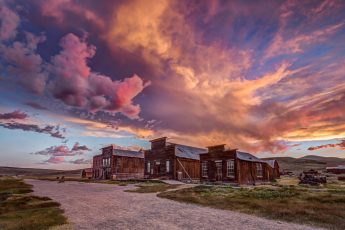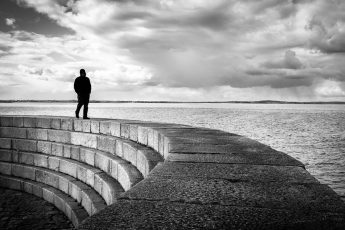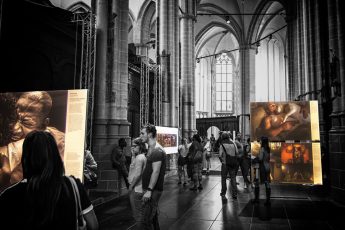Lighting is an essential component of photography that can make or break an image. A solid understanding of lighting principles and techniques is crucial for any photographer looking to create compelling and captivating images.
In this blog post, we will delve into various aspects of lighting in photography, including natural and artificial light sources, essential equipment, and tips to help you harness the power of light to produce stunning photographs.
Natural vs. Artificial Lighting
Photographers work with two main types of light sources: natural and artificial. Each type has advantages and disadvantages, and understanding their characteristics is key to making informed decisions about which to use in a given situation.
| Light Source | Advantages | Disadvantages |
|---|---|---|
| Natural | Free, abundant, soft, and diffused | Unpredictable, limited control |
| Artificial | Controlled, adjustable, versatile | It can be expensive, requires equipment |
Natural Light
Natural light refers to sunlight or any light emitted by natural phenomena like the moon or stars. It is a popular choice for many photographers due to its soft, diffused quality and the fact that it’s free and widely available. However, natural light can be unpredictable and challenging to control. Some tips for working with natural light include:
- Understanding the Golden Hour: The golden hour is the period shortly after sunrise or before sunset when the light is soft, warm, and directional, creating a magical atmosphere perfect for photography. Make the most of this time to capture stunning images.
- Using reflectors: Reflectors are a simple and affordable way to manipulate natural light. They can bounce light onto your subject, fill in shadows, and add a touch of warmth.
- Overcast days: Don’t be discouraged by overcast days; the clouds can act as a natural diffuser, creating soft and even lighting ideal for portraits and other types of photography.
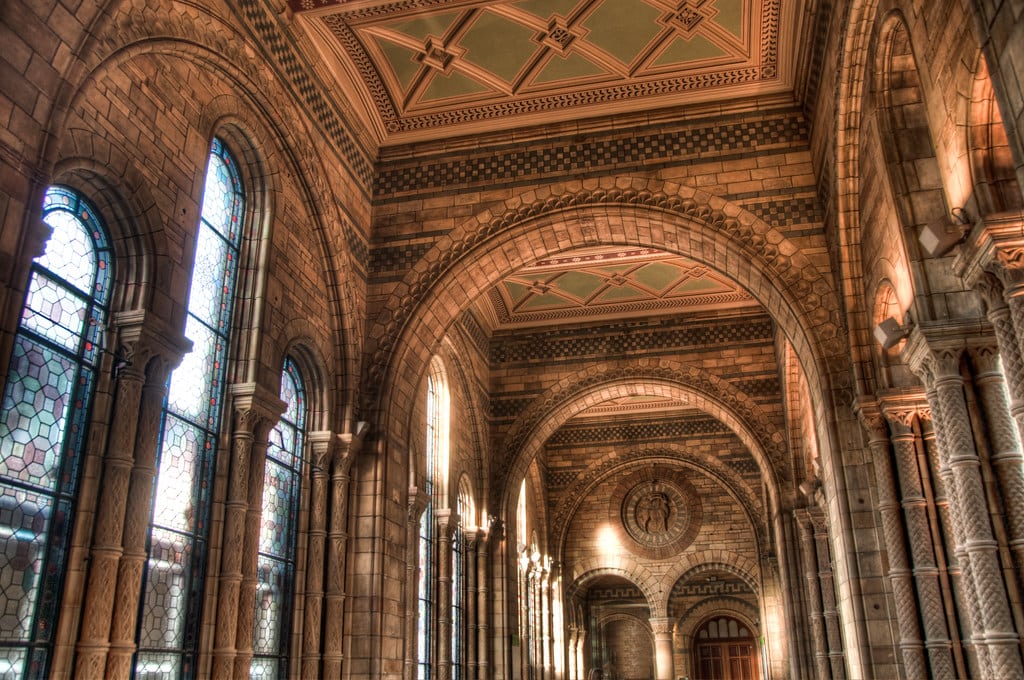
Artificial Light
Artificial light sources include studio lights, flashes, and continuous lights. They offer photographers greater control over their lighting setup, allowing them to create various effects and moods. Some essential equipment for working with artificial light includes:
| Equipment | Purpose |
|---|---|
| Studio Strobes | High-powered, adjustable lights for studio photography |
| Speedlights | Portable, battery-powered flashes for on-location shoots |
| Softboxes | Diffusers that create soft, even lighting |
| Umbrellas | Reflective or shoot-through diffusers for softer light |
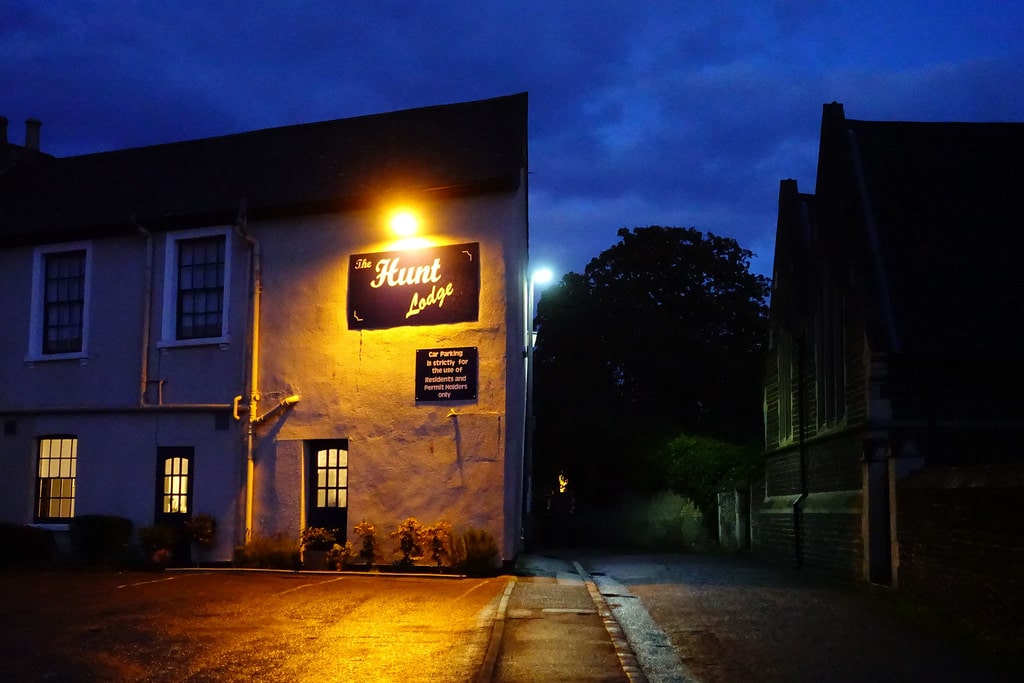
Lighting Techniques and Tips
Mastering various lighting techniques is crucial for achieving professional results in your photography. Here are some tips and techniques to help you get started:
- Three-point lighting: This classic lighting setup consists of a key light (the main light source), a fill light (to soften shadows), and a backlight (to create depth and separation). It’s versatile and works well for portraits, still life, and product photography.
- Rembrandt lighting: Named after the famous painter, Rembrandt lighting creates a small, triangular highlight on the subject’s cheek, giving a dramatic and moody effect. To achieve this look, position your key light above and to the subject’s side, and use a reflector or fill light to fill in the shadows subtly.
- Butterfly lighting: Butterfly lighting is characterized by a small, butterfly-shaped shadow under the subject’s nose. It’s flattering for most face shapes and creates a glamorous, high-fashion look. Place your key light directly in front of and slightly above your subject, and use a reflector below the face to fill in any shadows.
- High-key and low-key lighting: High-key lighting is a technique that uses bright, even lighting to create images with minimal contrast and shadows, resulting in a light, airy feel. It’s often used in fashion, beauty, and commercial photography. On the other hand, low-key lighting uses dramatic, directional lighting to create images with high contrast and deep shadows, resulting in a moody, mysterious atmosphere. This technique is popular in fine art, portrait, and film noir photography.

Lighting in photography – Conclusion
Understanding lighting in photography is crucial for creating images that captivate and engage viewers. By mastering the principles of natural and artificial lighting and learning various techniques and tips, photographers can enhance their skills and create stunning, professional-quality images.

Experimenting with different lighting setups and equipment will help you develop your unique photography style and vision.
In summary, don’t be afraid to explore the power of lighting in your photography. Whether you prefer the soft, diffused look of natural light or the precise control of artificial light, understanding the nuances of each light source and technique will elevate your photography to new heights.

